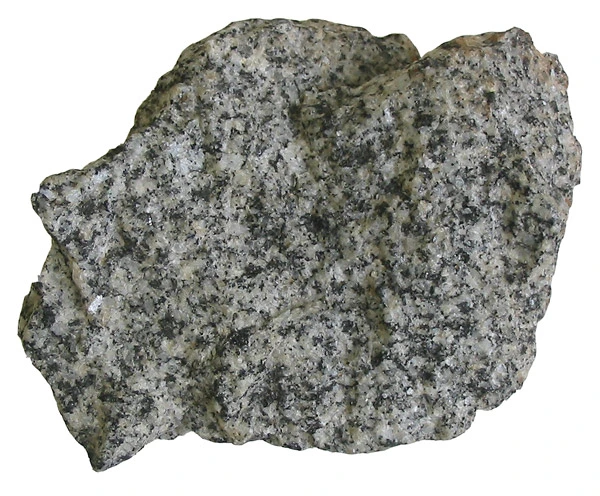Properties of Diorite
Diorite is a type of igneous rock that is composed mainly of two minerals, plagioclase feldspar and hornblende. It has a medium to coarse-grained texture and is typically gray to black in color. Diorite forms when molten magma cools and solidifies below the Earth’s surface. It is commonly found in mountain ranges and is used as a building material in construction and as a decorative stone in sculptures and monuments.

The following table provides a list of diorite properties in both SI and US customary/Imperial units at normal temperature and pressure (NTP).
Click on the button to switch between Metric and Imperial units.
| Physical Properties | Metric |
|---|---|
| Density | 2770 - 3000 kg/m3 |
| Porosity | 0.3 - 2.7% |
| Mechanical Properties | Metric |
| Young’s Modulus (E) | 70 - 100 GPa |
| Tensile Strength | 15 - 30 MPa |
| Compressive Strength | 120 - 300 MPa |
| Modulus of Rupture | 14 - 55 MPa |
| Hardness (Mohs) | 4.7 - 6.2 |
| Thermal Properties | Metric |
| Thermal Conductivity | 2.3 W/m·K |
| Specific Heat Capacity (Cp) | 669 - 808 J/kg·K |
| Coefficient of Thermal Expansion (αL) | 7×10-6 1/°C |
Unless stated otherwise, all values are taken at room temperature (approximately 20°C or 68°F) and 1 atm pressure. (1 atm = 101,325 Pa)
